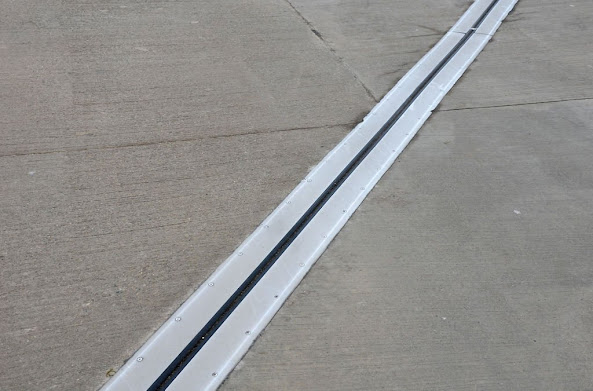Expansion Joints: Ensuring Structural Integrity in Construction
Environmental factors, temperature fluctuations, and structural movements may all have an influence on the overall integrity of buildings and infrastructure. Engineers and architects use expansion joints to accommodate these movements and prevent structural damage in order to overcome these obstacles. In this article, we will look at the importance of expansion joints, their many forms, uses, and how they help to ensure the lifespan and stability of building projects.
Understanding Expansion Joints
Introduce the notion of expansion joints and their use in building. Explain how expansion joints are made to allow for regulated movement between construction parts while preventing stress-induced damage. Emphasize the relevance of thermal expansion, earthquake activity, wind forces, and other external factors.
Types of Expansion Joints
Discuss the many forms of building expansion joints. Investigate the categories according to their movement capabilities, such as expansion joints for thermal movement, contraction joints for temperature-related contraction, and seismic joints for earthquake-induced movement. Give extensive explanations of each category and its uses.
Importance of Expansion Joints in Buildings
Explain why expansion joints are important for building structural stability. Discuss the repercussions of failing to maintain expansion joints, including cracking, buckling, and structural element collapse. Showcase real-world instances of how poor expansion joints resulted in costly repairs and jeopardized safety.
Expansion Joints in Infrastructure Projects
Investigate the use of expansion joints in infrastructure projects such as bridges, roads, and pipelines. Discuss the implications of temperature changes, traffic loads, and environmental conditions in accommodating movement. Explain how expansion joints contribute to the longevity and durability of infrastructure projects.
Design and Installation
Give insight into the expansion joint design and installation procedure. Discuss the factors considered while establishing the spacing, type, and size of expansion joints. Explain why it is critical to choose materials that can endure the predicted motions and environmental conditions.
Challenges and Solutions
Consider the difficulties connected with the design and maintenance of expansion joints. Discuss frequent problems such as debris collection, water infiltration, and joint degeneration. Provide solutions and best practices to address these issues, such as frequent inspections, adequate sealing, and the use of sophisticated joint materials.
Innovations in Expansion Joint Technology
Investigate the most recent advancements in expansion joint technology. Discuss joint material developments, modular expansion joint systems, and intelligent joint monitoring solutions. Show how these advancements improve the performance and dependability of expansion joints in construction.
Expansion Joints in Specialized Applications
Examine how expansion joints are used in specific construction applications such as high-rise structures, airport runways, and industrial facilities. Explain how expansion joints play an important role in structural movement management in these specific environments.
Case Studies
Case studies of successful projects where well-designed and executed expansion joints were critical in retaining structural integrity are shown. Emphasize the importance of expansion joints in preventing structural damage and extending the life of buildings and infrastructure.
Sustainable Expansion Joints
Discuss the significance of sustainability in joint expansion design and materials. Eco-friendly alternatives and materials that promote environmental responsibility and contribute to sustainable construction practices should be highlighted.
Conclusion
Explain how expansion joints play a critical role in guaranteeing the structural integrity and lifespan of building projects. Highlight their importance in accommodating movements, reducing damage, and improving overall building and infrastructure safety. Encourage architects, engineers, and construction professionals to emphasize good expansion joint design and installation for resilient and enduring buildings.




Comments
Post a Comment